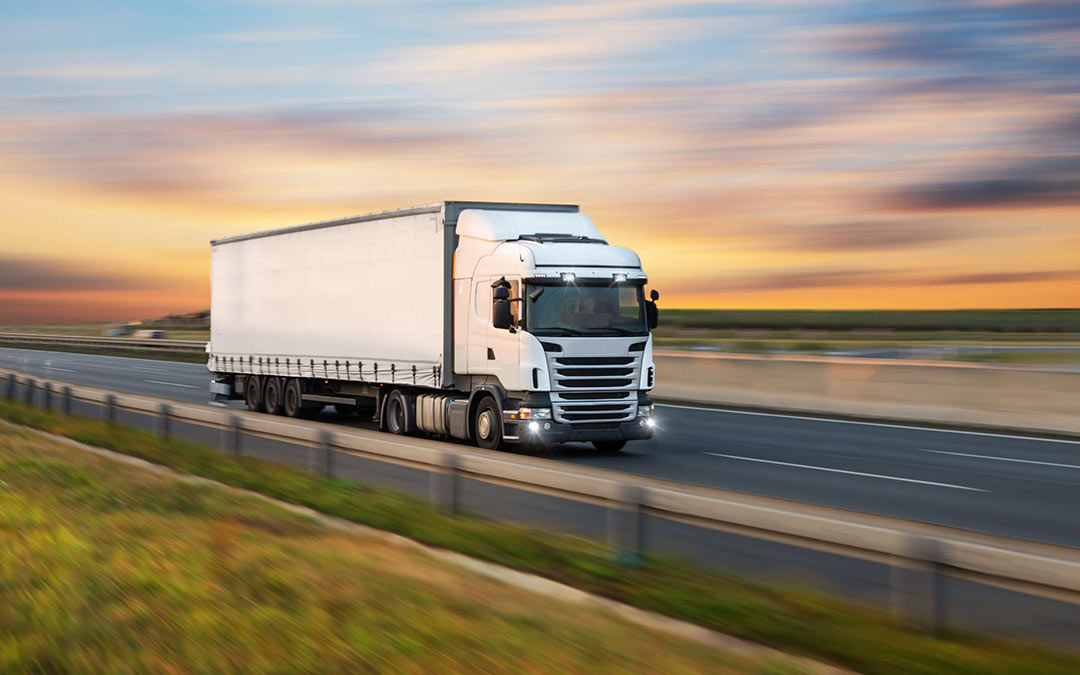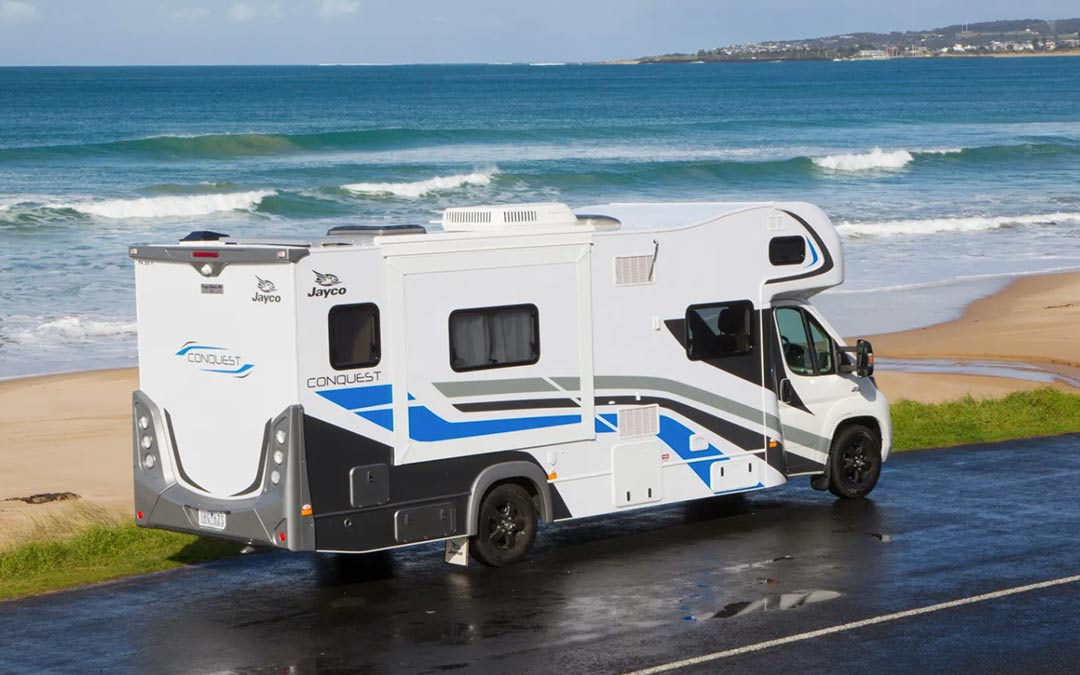Core Materials

We are an exclusive supplier of Armacell Cores – the worlds leading core manufacturer in PET structural cores.
Available in 50kg – 320kg, Armacell’s patented process technology produces the lowest emissions of CO2 and is type-approved by DNV/GL. Whether it be the marine, transport, or renewable energy industry, these cores fit all requirements.
We also carry a range of core types such as PVC cores in densities of 45kg – 200kg in varying finish requirements such as Honeycomb PPE cores and Urethane cores.
We also supply Spheretext GbmH – Spheretex GmbH in Neuss is a medium-sized enterprise that has been committed to develop and produce laminatable core materials for various kinds of composite applications for 30 years.
The focus is on materials that are easy to use and thus ensure efficient processing of light and durable FRP parts.
The company was named after its very first innovative material development: Sphere.tex. Today Spheretex stands for a large number of worldwide leading high tech composites – Made in Germany.

Composite Materials in the Truck Industry
Heavy trucks and other transport continue to gain experience with composite material production, their long term performance, and their properties through components that have already made the transition. In fact, for many truck and transport components, composites are the go-to solution and have been so for decades.
The use of composite materials in the truck industry dates back over half a century when fibreglass was first used for its strength and weight reduction benefits. Today, the benefits of composite materials in the transport and automotive market have broadened beyond fibreglass and are seen in heavy trucks, buses, RVs and trailers. This enhances fuel economy and helps to meet weight restrictions.
There are countless examples of innovative uses of composite materials in the truck industry that are taking advantage of the strong, durable, lightweight, and corrosion-resistant properties of these materials. These attributes make composite structures ideal for the commercial trucking industry, allowing them to carry larger payloads with less overall weight.
Why use Composite Materials For Trucks?
Trucks and other transportation machinery are the most important parts of the global economy. Truck sectors are responsible for the transportation of goods and services which are the primary needs of human society. Therefore, manufacturing composite materials for trucks creates high stiffness, strength, and toughness to create reliable parts to ensure the essential processes of the economy run smoothly.
The most important properties of the application are the stiffness of the composite material. The new process manufactures polymer based compounds having excellent uniaxial tensile properties thus making them very suitable for trucks and other transportation. Composite materials manufacture light products with reduced dead weight, increasing the fuel efficiency of trucks using them.
For the manufacturing of composite materials using the resin transfer moulding (RTM) method, builders use fibres and reinforcements. The resin transfer moulding process enables the production of composite parts with different thicknesses, sizes, and shapes for truck equipment needs. The size of manufactured components is limited only by the size of the mould tool that is used. Using the technology, load bearing structures can have high specific stiffness and strength to withstand heavy loads during all stages of operation.
This new technology for manufacturing composite materials is an important step towards our aims to use more high quality, eco-friendly materials in the truck industry, creating an increasingly sustainable future.
Composite Materials are Driving the Future For the Truck Industry
Composite materials in the truck industry are used to manufacture commercial trucks for the needs of consumers. For example, you can use composite sandwich panel technology to build lightweight bodies for refrigerated delivery pods. The result was a lighter design with reduced emissions and increased productivity allowing for the transport of higher volumes of product. Composites Fibreglass international has a range of core materials for your truck projects.
The Benefits of Using Composite Materials in the Truck Industry
With the environmental impact of fuel, composite materials have the power to significantly reduce unnecessary fuel consumption. This is only one of the ways composites can benefit the truck industry and the environment.
Larger, But Lighter
There is a trend in the transportation industry for larger trucks. Whether it’s Utes, commercial or articulated trucks, composite materials are making trucks larger but lighter to carry goods. The challenge is to find ways to safely carry greater loads while saving fuel and reducing the environmental impact. As a result, fewer vehicles are required to transport the same amount of goods, improving the overall fleet fuel efficiency, and reducing fuel, fleet, and personnel costs.
Better For The Environment
Besides fewer trucks on the road, many automotive producers are looking to grow their electric truck fleets. Composite materials in the truck industry also offer additional benefits when it comes to an electric truck battery box, providing good thermal management that helps demonstrate the environmental advantages of composite materials.
The enclosure that houses the truck’s batteries can also benefit from composite materials. Rather than building a battery box from steel or aluminium, composite materials such as carbon fibre can save around 40% of the weight.
Another option, fibreglass, is 300 times more thermally efficient than aluminium or steel, which makes it an ideal material for the battery enclosure as it better shields the battery from heat and contributes to a faster and more energy-saving cold start in colder conditions. This is important because maintaining the battery box’s internal temperature requires energy to heat or cool the box accordingly. Using more thermally efficient composite materials in the battery box’s construction reduces the energy consumption of the vehicle.
Reduce Maintenance
Trucks must function for long durations and can become susceptible to corrosion from moisture and chemicals in road salts, increasing the need for maintenance and causing damage. Many trucks with aluminium components are treated with a substance containing a corrosion inhibitor, which adds a corrosion-resistant coating to the material’s surface. This is less effective as it wears off over time and maintenance must be carried out to restore the part’s condition.
However, the use of composite materials in the truck industry provides natural corrosion resistance, which means that trucks can operate for longer without the need for maintenance.
Composite materials in the truck industry provide environmental and cost-effective solutions for the manufacturing of trucks. Using profiles from fibreglass, carbon fibre, and hybrid composites, composites help to make vehicles lighter, improve fuel efficiency, and reduce lifetime operating costs.
Contact Composites Fibreglass International Today
Composites Fibreglass International is a privately owned and operated company, we source our raw materials globally through our network of trusted and prestigious suppliers to bring specialised products and the latest technologies to our customers. Composite Fibreglass International have been operating in the Asia region and with global suppliers for over 50 years. We have a strong network of professional minded people who are as devoted to the composites market as we are. Call us here or contact us today to mind out more information about composite materials in the truck industry.

Composite Materials in the Surf Industry
Ideal for the manufacturing of parts requiring high strength and low weight, composite materials have been formulated into composite fibreglass and carbon-fibre composites. These are used in a variety of surf applications including automotive components and high-performance sports equipment, including surf crafts, paddles and rescue boards.
Composite materials in surf crafts have been formulated to address the surfing industry’s need to reduce the release of VOCs (Volatile organic compounds) into the atmosphere and are rapidly gaining acceptance for surf craft construction on the international market.
Composites also provide rapid room-temperature cure for lamination, are preferred for being UV stable and curing to a clear, bloom-free finish resulting in being the epoxy of choice by leading rescue board and surf-craft manufacturers around the world.
Here at Composite Fibreglass International, we provide the best quality core materials for your products and projects in the surf industry.
Why use Composite Materials In the Surf Industry?
Using composite materials in the surf industry is increasing in popularity because of the lightweight, strong properties in composite materials such as carbon fibre. What’s even more imposing is that FRP composites can be recycled and crafted into an entirely new form.
Eco-Friendly Surf-Craft
With sustainability in mind, manufacturers knew they needed a way to create eco-friendly surf-craft and rescue boards. After seeing a Boeing aircraft, manufacturers became aware of the carbon fibre parts from aeroplanes and vehicles that end up in landfills. Eventually, they decided to take some of this waste and turn it into something useful.
Carbon fibre can be cut up and milled for use in a wide range of projects and applications. Tissue forms and reclaimed fibres are fairly easy to recycle and can be crafted into paddles and rescue boards.
Chopped carbon fibre is used in a higher mixing ratio, milled carbon fibre is added to the resin to toughen it up, and reclaimed carbon fibre is absorbed in specific spots to strengthen the piece. With this method, there is no composite material waste left behind.
One of the biggest concerns with surf craft is the overall stiffness. So, manufacturers have come up with a specific weave pattern that works best with their supplies. The surf craft and rescue boards are shaped, woven to the right density and treated, resulting in the world’s first recycled carbon fibre surf craft that is lightweight and strong enough to hit the waves.
FRP Composite in the Surf Industry
The benefits of using FRP composites to generate more surf industry products. Both fibreglass and carbon fibre can be used to manufacture strong, lightweight, impact-resistant products for athletic purposes.
Conventional materials like wood and aluminium are at risk of various forms of damage. Due to the pultrusion process, surf craft products made from fibreglass or carbon fibre are both flexible and long-lasting. For instance, wood can mould, deform, and even rot when it is exposed to the elements such as heat and moisture. Something as simple as sun exposure can destroy a wooden piece of surf craft equipment.
FRP composites are non-reactive materials that don’t need any secondary chemical coating. Wood, for example, requires a special coating to make the surf craft product more water-resistant. However, such chemicals are toxic to the environment and materials as they can leach into the groundwater once the surf craft product is thrown away after years of usage.
Armacell Products In The Surf Industry
Armacell are the inventors of flexible foam for equipment like insulation and a leading provider of engineered foams. Armacell develops innovative and safe thermal, acoustic and mechanical solutions that create sustainable value for their clients. Armacell’s products used for surf craft contribute to global energy efficiency making a difference around the world every day. Armacell focuses on insulation materials for high-performance foams, contributing to high-tech and lightweight applications, technical equipment and next generation aerogel blanket technology.
Armacell understands specific processes required to build this type of product, assisting you with close mould products and ancillaries to support your process.
Contact Composites Fibreglass International Today
Composites Fibreglass International is a privately owned and operated company, we source our raw materials globally through our network of trusted and prestigious suppliers to bring specialised products and the latest technologies to our customers. Composite Fibreglass International have been operating in the Asia region and with global suppliers for over 50 years. We have a strong network of professional minded people who are as devoted to the composites market as we are. Call us here or contact us today to mind out more information about composite materials in the truck industry.

Composite Materials in the RV Market
The use of composite materials in the RV Market provides many benefits – saving of weight, speed assembly, aesthetic improvement, diminishing of warranty service and promotion of sales.
Composites Fibreglass International delve into the use of composite materials in the RV market, explaining the benefits and emerging trends for the use of such materials.
Whether referring to pop-up campers hitched to passenger cars, large trailers towed by heavier vehicles, or self-propelled luxury motor homes, those who manufacture them are keen to take the weight out of recreational vehicles (RVs). But unlike passenger cars and commercial trucks, companies who manufacture RVs aren’t motivated so much by pending fuel economies and/or greenhouse-gas emissions mandates.
Instead, the impetus for reducing weight has two other rationale. First, every kilogram of mass removed is another kilogram of consumer comfort items (e.g. big screen televisions) that can be added without necessitating that the RV be pulled by a vehicle with a larger towing capacity. Secondly, with the goal being an overall lighter RV, the primary aim is to power or pull that RV with a less expensive drive train or tow vehicle that uses less fuel, to minimise the consumer’s cost of owning the vehicle.
After mass reduction, the next obstacle to overcome is to reduce RV post-sale maintenance. RVs, especially the larger ones, are rarely garaged. They’re parked outside in all weather conditions. The issue then, some industry insiders say, is not if water damage will occur, but when. Some sources report that it can cost an RV manufacturer as much as $10,000 AUD to remove and rebuild a wall on a large RV, so as a preventive measure, RV manufacturers are eliminating wood products commonly used in sidewalls and floors, which are prone to swelling from heavy water damage.
Another issue is the need to improve curb appeal and weather resistance. Although RV industry expectations for exterior aesthetics are not yet as demanding as automotive Class A standards, suppliers report that they have been asked over the past decade to upgrade the weather resistance and UV stability of their fibreglass-skinned products. In today’s market, a too-limited term for what is available.
Lastly, automated and innovative production processes are reining in the cost of composite components and producing parts that can be incorporated more efficiently into the largely hand-built RVs.
How Are Composite Materials in the RV Market Used?
RV panels are preferably being made with composite materials rather than metal or wood. Weight reduction is the key requirement of RV OEMs which gives an extra room to OEMs to take the comfort of consumers to the next level by adding more luxury items. Although the price of composite panels is higher, these panels are marking greater penetration in the transport and automotive industry as OEMs are gradually abolishing wood panels for floors and sidewalls, which are prone to damage or moisture intrusion.
Based on the application type, the market in RVs is segmented as Sidewall Panel, Slide-out Panel, Roof Panel, and Floor Panel. Sidewall panel is expected to remain the most dominant application in the market over the next five years, whereas floor panels are likely to be the fastest-growing application during the same period. There are different composite materials and designs of panels for different applications in RVs.
Emerging Trends for Composite Materials in the RV Market
The next few years for the composites market are going to be more vigorous with attractive growth opportunities in the entire ecosystem of the market. Organic growth in the manufacturing of RVs supported by growing outdoor participation activities and conversion of tent participants to RV enthusiasts is the prime growth driver of the market. An incessant shift from traditional wood panels to composite panels in RVs is aiding additional growth in the market, ultimately forcing the segment to grow at an above-industry growth rate in the foreseeable future.
In camping, recreational vehicle activity represents one of the major outdoor activities, especially in the European and North American countries. RV campers have been increasing progressively as the activity enables campers to move freely to any destination at any time. RV vehicles include camping vehicles, either motorhomes or large trailers towed by trucks.
Contact Composites Fibreglass International Today
Composites Fibreglass International is a privately owned and operated company, we source our raw materials globally through our network of trusted and prestigious suppliers to bring specialised products and the latest technologies to our customers. Composite Fibreglass International have been operating in the Asia region and with global suppliers for over 50 years. We have a strong network of professional minded people who are as devoted to the composites market as we are. Call us here or contact us today to mind out more information about composite materials in the RV Market.

